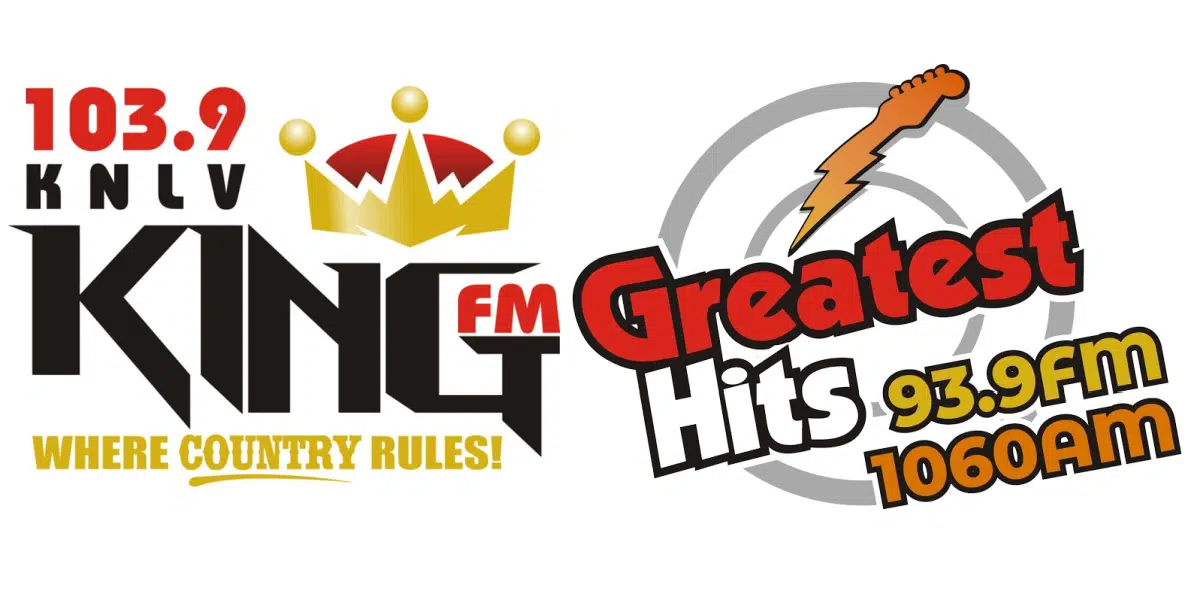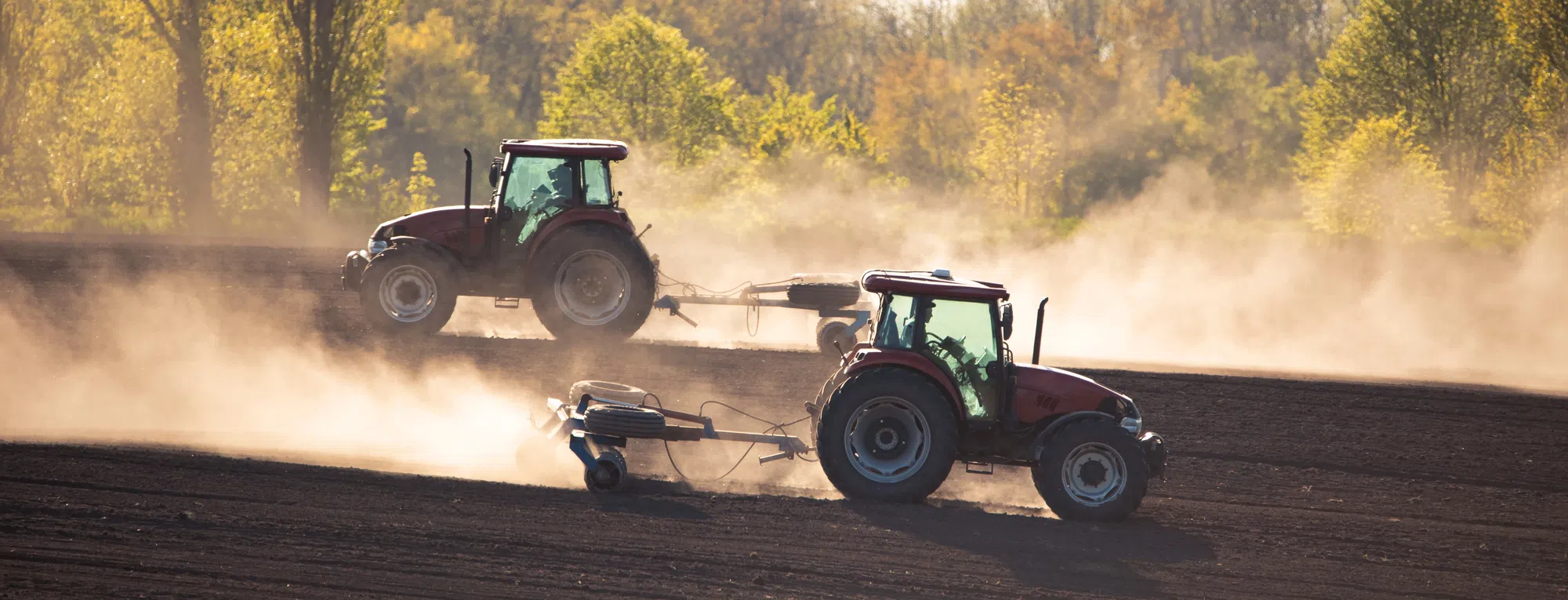LINCOLN — Nebraska and Iowa led the nation in gross domestic product (GDP) decline during the first quarter of 2025, each seeing a 6.1% drop, according to the U.S. Bureau of Economic Analysis. While many other states also saw shrinking GDPs, Nebraska’s downturn was largely attributed to a struggling agricultural sector.
This marks the first national GDP decline in a first quarter since 2022, with agriculture playing a central role in Nebraska’s economic slump. The downturn reflects a comparison to last year’s figures and includes the impacts of falling crop prices and ongoing trade tensions.
Despite the sharp headline figure, Nebraska State Budget Administrator Neil Sullivan cautioned against panic. He said the drop is exaggerated by comparisons to late 2024 projections and that the real quarter-to-quarter decline was closer to 1.5%.
John Hansen, president of the Nebraska Farmers Union, offered a more sobering view. He described today’s crisis as the worst financial situation for farmers since the 1980s and said he’s been receiving urgent calls on the farmers’ crisis hotline. “There’s desperation in their voices,” Hansen said.
The challenges stem from plummeting prices for wheat, corn, and soybeans—staples of Nebraska’s farm economy. While prices have hit decade lows, Sullivan pointed out that markets have at least stabilized, in part due to protections included in recent federal legislation.
Creighton University economist Ernie Goss said the economic strain is worsened by high input costs, like fertilizer, which haven’t declined alongside crop prices. This leads to farmers cutting expenses, spending less on equipment, and contributing to a slowdown in related industries.
There’s some relief in the livestock sector, where prices have remained strong. Goss compared the situation to Michigan facing an automotive slump, highlighting how deeply Nebraska feels agricultural shifts as a leading farm state.
Manufacturing in Nebraska has also taken a hit, mostly due to job losses—another factor weighing on GDP.
Brad Lubben, an agricultural economist at the University of Nebraska-Lincoln, noted that while government aid boosted early 2025 farm income, uncertainty around federal policy and trade continues to cast a shadow over the industry’s future. He said farm programs and tax issues are beginning to stabilize, but trade outlooks remain volatile.
Trade relations with China and Europe have also complicated matters. China, a major pork buyer, has reduced imports due to tariffs. Goss criticized former President Donald Trump’s tariff strategy, though Governor Jim Pillen voiced support on social media, praising a recent U.S.-EU energy trade deal as a win for agriculture.
Still, Goss warned that a 6.1% GDP loss is significant—on par with what Nebraska typically sees as growth in a strong year. The decline could lead to job losses or cuts in public services.
Sullivan, however, said he does not anticipate budget cuts at this time. Lubben added that Nebraska may still outperform the broader U.S. ag economy thanks to cattle market strength.
Kenny Zoeller, policy director for Governor Pillen, acknowledged that tariffs have contributed to Nebraska’s GDP challenges, but said the state’s strong fiscal reserves and past experience navigating budget shortfalls should help weather the storm.
Still, Hansen emphasized the burden on everyday Nebraskans: “Consumers will ultimately feel the impact in the form of higher prices,” he said.


















Comments